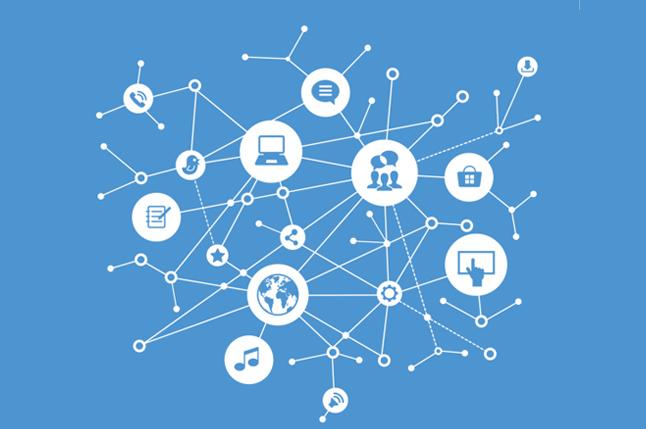
The Internet of Things (IoT) has become a powerful force for business transformation, and its disruptive impact will be felt across all industries and all areas of society. Gartner forecasts that 4.9 billion connected things will be in use in 2015, up 30 percent from 2014, and will reach 25 billion by 2020.
“The digital shift instigated by the Nexus of Forces (cloud, mobile, social and information), and boosted by IoT, threatens many existing businesses. They have no choice but to pursue IoT, like they’ve done with the consumerization of IT,” said Jim Tully, vice president and analyst at Gartner.
This sudden expansion will boost the economic impact of the IoT as consumers, businesses, city authorities, hospitals and many other entities find new ways in which to exploit the technology. Gartner estimates that IoT will support total services spending of $69.5 billion in 2015 and $263 billion by 2020.
Consumer applications will drive the number of connected things, while enterprise will account for most of the revenue. Gartner estimates that 2.9 billion connected things will be in use in the consumer sector in 2015 and will reach over 13 billion in 2020. The automotive sector will show the highest growth rate at 96 percent in 2015.
“CIOs must look for opportunities to create new services, usage scenarios and business models based on this growth,” says Prentice.
“Government will take the No. 3 spot as it invests in smart street and area lighting for energy saving reasons,” said Tully. “Utilities will move to the No. 1 position because of investment in smart meters.”From an industry perspective, manufacturing, utilities and transportation will be the top three verticals using IoT in 2015 – all together they will have 736 million connected things in use. By 2020, the ranking will change with utilities in the No. 1 spot, manufacturing will be second and government will be third, totaling 1.7 billion IoT units installed.
It is likely that within the next few years, some level of built-in intelligence and connectivity will be regarded as standard, and this will rapidly filter down to mainstream products and services. “However, CIOs must understand that the most disruptive impact and competitive threats — and, equally, the greatest competitive opportunities — arise not from simply digitalizing a product or service, but from creating a new business model and value proposition,” said Steve Prentice, vice president and Gartner Fellow.

 In
In
Add new comment